by Christopher Miskimon
The late morning of July 1, 1898, was a tense time for the 1st United States Volunteer Cavalry. Known far and wide as the “Rough Riders,” these American soldiers had earlier advanced toward San Juan Hill near Santiago, Cuba, after crossing a small stream. Their commander, Lt. Col. Theodore Roosevelt, had resigned a safe position as assistant secretary of the Navy to join the regiment and serve
his country in the Spanish-American War. That morning he led his men forward against the Spanish-held heights beyond. They were to join with an infantry unit expected to arrive shortly. Then, the two units would attack the position together.
Roosevelt halted his men at a sunken road to await the infantry. He ordered them to face toward nearby Kettle Hill, so named for the large kettle that sat atop it, which was used for refining sugar. The men took cover as Spanish troops fired volley after volley, and a few well-hidden snipers took aim for them. The enemy was armed with a superior Mauser rifle using the new smokeless powder, making them hard to spot and fire upon. Every man in the regiment felt the weight of the Spanish fire raining down.
One of the Rough Rider officers, Captain William “Buckey” O’Neill, walked calmly along the road, smoking a cigarette. He ignored the danger, even though he surely recognized it. This was a common trait among leaders who wished to impress their soldiers with their bravery. In that era, such behavior was openly criticized as foolish, but it was expected anyway. A sergeant called to O’Neill to take cover, but the captain said, “Sergeant, the Spanish bullet isn’t made that will kill me.” Three minutes later, one of those bullets smashed through O’Neill’s mouth and came out the back of his head, killing him almost instantly. A Rough Rider and two African American soldiers from the 10th Cavalry spotted the sniper 300 yards away. They crept forward until they were 100 yards away from him and shot him as retribution for killing O’Neill.
 It was an inauspicious start to the day’s action, but within hours the Rough Riders would gain their fill of fame and glory when they charged up Kettle Hill alongside regular troops, seized it, and helped hold off a Spanish counterattack. The action was quickly reported around the United States by a press eager to highlight Roosevelt’s exploits, often to the annoyance of the regular troops who had made the same attack mixed in with their volunteer comrades in arms. For an America eager to come to grips with Spain, it was a glorious moment for its citizen-soldiers. The battle and its context are presented in great detail in Rough Riders: Theodore Roosevelt, His Cowboy Regiment, and the Immortal Charge Up San Juan Hill (Mark Lee Gardner, William Morrow, New York, 2016, 352 pp., maps, illustrations, notes, bibliography, index, $26.99, hardcover).
It was an inauspicious start to the day’s action, but within hours the Rough Riders would gain their fill of fame and glory when they charged up Kettle Hill alongside regular troops, seized it, and helped hold off a Spanish counterattack. The action was quickly reported around the United States by a press eager to highlight Roosevelt’s exploits, often to the annoyance of the regular troops who had made the same attack mixed in with their volunteer comrades in arms. For an America eager to come to grips with Spain, it was a glorious moment for its citizen-soldiers. The battle and its context are presented in great detail in Rough Riders: Theodore Roosevelt, His Cowboy Regiment, and the Immortal Charge Up San Juan Hill (Mark Lee Gardner, William Morrow, New York, 2016, 352 pp., maps, illustrations, notes, bibliography, index, $26.99, hardcover).
The book focuses heavily on Roosevelt, who was crucial to the formation of the regiment. Once he knew war with Spain was coming, Roosevelt did everything in his power to get the unit raised and ensure his place in it. For much of the campaign, he was actually the second in command; the regiment was led by his friend, Brig. Gen. Leonard Wood. Eventually, the Army promoted Wood to a higher command, allowing Roosevelt to take charge. From the beginning the press, which loved to cover Roosevelt, gave him and the unit so much attention it seemed there were no other units in the Army. The Rough Riders had a lot to live up to, but in the end they delivered. Their stories became the stuff of legend.
The story is told from the moment war began to loom through the regiment’s formation, training, and deployment. The unit’s time in the Cuban campaign forms the bulk of the text. It is followed by an account of the Rough Riders’ return home, mustering out, and postwar history. The author takes a tale that is already well known and breathes new life into it through detailed research, close attention to detail, and gripping narrative. He also does an excellent job of separating fact from fiction. The book is a worthy addition to the body of work surrounding this iconic tale of American history.
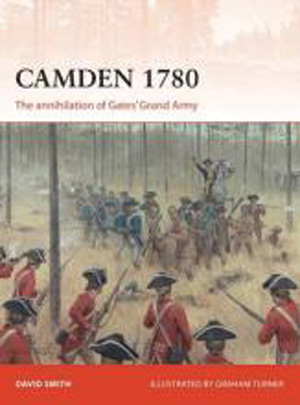 Camden 1780: The Annihilation of Gate’s Grand Army (David Smith, Osprey Publishing, Oxford, UK, 2016, 96 pp., maps, illustrations, bibliography, index, $24.00, softcover)
Camden 1780: The Annihilation of Gate’s Grand Army (David Smith, Osprey Publishing, Oxford, UK, 2016, 96 pp., maps, illustrations, bibliography, index, $24.00, softcover)
The British changed the focus of their campaign after their defeat at Saratoga in 1777, shifting their weight to the Southern Colonies in the hope of bringing them to heel more easily than New England. General Charles Cornwallis was placed in command of this effort. Cornwallis lacked the numbers to hold this vast region, so instead he went over to the offensive, seeking to defeat any force significant enough to oppose him before the colonial troops could gather in overwhelming numbers. The British were able to seize Charleston and its vital harbor before moving inland. Opposing them was American Maj. Gen. Horatio Gates at the head of a substantial force of mixed regulars and militia. They met in a pine forest near Camden, South Carolina, where the British routed the Patriots.
Osprey books are known for their excellent maps and lavish illustrations, including original artwork. This volume has both in abundance. The text is concise yet detailed, focusing on the subject matter in question. This book offers comprehensive coverage not only of the Battle of Camden, but also the outcome of the battle.
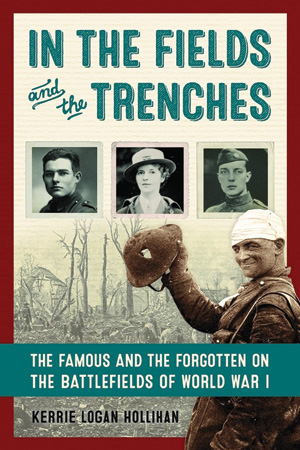 In the Fields and the Trenches: The Famous and the Forgotten on the Battlefields of World War I (Kerrie Logan Hollihan, Chicago Review Press, 2016, 186 pp., map ,photographs, notes, bibliography, index, $19.95, hardcover)
In the Fields and the Trenches: The Famous and the Forgotten on the Battlefields of World War I (Kerrie Logan Hollihan, Chicago Review Press, 2016, 186 pp., map ,photographs, notes, bibliography, index, $19.95, hardcover)
The assassination of Austrian Archduke Franz Ferdinand started a chain reaction that plunged much of the world into the hell of World War I. It pulled people from all walks of life into it, forcing them to set aside their plans and dreams to deal with the war’s demands. Irene Curie, daughter of the famous scientist Marie, went to the front to work in the medical field. J.R.R. Tolkien, who would write The Lord of the Rings, went into battle in 1916 as a signal officer. The horror he witnessed there heavily influenced his writing in the decades to follow. Harry Truman, a future president of the United States, went to war as a young artillery officer. An unknown African American man, Henry Lincoln Johnson, worked as a porter before the war, but in the trenches he gained fame for almost singlehandedly fighting off a German raiding party, inflicting 28 casualties.
Some of the people covered in this book are household names; others gained fame during the war, but found it fleeting afterward. The author compiles the stories of a dozen such participants, outlining each of their lives and explaining how they came to take part in the war. The conflict’s effects on them are also given attention. This work provides good examples of how the war’s effects ripple through time long after the guns finally fall silent.
 The Man Who Captured Washington: Major General Robert Ross and the War of 1812 (John McCavitt and Christopher T. George, University of Oklahoma Press, Norman, 2016, 297 pp., illustrations, notes, bibliography, index, $29.95, hardcover)
The Man Who Captured Washington: Major General Robert Ross and the War of 1812 (John McCavitt and Christopher T. George, University of Oklahoma Press, Norman, 2016, 297 pp., illustrations, notes, bibliography, index, $29.95, hardcover)
Major General Robert Ross is relatively unknown, but his actions during the War of 1812 resound even today. Irish by birth, he rose in the British Army through skill and battlefield bravery, serving in campaigns in both Europe and North Africa. Soon after the war in Europe subsided, while recovering from a wound, he was sent to North America to lead operations in the Chesapeake Bay Region. He defeated the Americans at the Battle of Bladensburg in August 1814 before moving on to Washington, D.C. Much of the new American capital was burned by his troops. Baltimore was the next objective, selected in part for the privateers that regularly sailed from its port. Ross met his fate in Baltimore; an American sharpshooter killed him as the British force marched into the Battle of North Point.
This work is part of the University of Oklahoma’s Campaigns and Commanders series, which looks at significant military leaders and the conflicts they fought. The authors place Ross in context with the larger events around him and seek to clarify some of the myths and controversies that have arisen about the man and his death. Ross took part in the campaign that gave rise to the “Star-Spangled Banner” and notable events in American history. The authors have produced a biography that tells us a great deal about Ross and the world around him.
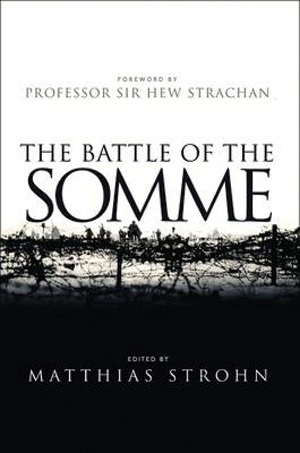 The Battle of the Somme (Matthias Strohn, ed., Osprey Publishing, Oxford, UK, 2016, 288 pp., maps, photographs, notes, bibliography, index, $35.00, hardcover)
The Battle of the Somme (Matthias Strohn, ed., Osprey Publishing, Oxford, UK, 2016, 288 pp., maps, photographs, notes, bibliography, index, $35.00, hardcover)
The Somme was one of the largest battles of World War I, involving nearly five million soldiers. Of the five million participants, one million became casualties over the 41/2 months of fighting in 1916. The offensive was designed to pin German forces and deny them the ability to move reinforcements to other areas, such as the maelstrom at Verdun. Prior attacks around the periphery of the Central Powers, such as Gallipoli and Salonika, had failed, so the Allies opted for a frontal assault where the opposing armies could grapple more evenly. The resulting fighting was so horrific it practically defines modern ideas of trench warfare and senseless conflict. The terrible conditions and vast destruction have left their mark both on human thought and the physical landscape a century later.
Rather than another chronological retelling of the Somme, this volume is a collection of articles on the battle, compiled from the works of a dozen of the best historians and writers on the subject. Each chapter focuses on a specific aspect, such as leadership, evolving tactics, the air war, and the different methods of the armies involved. Each provides the reader with in-depth coverage of topics that often receive scant attention in a more general book. With the centennial of the battle occurring this year, many new books on the Somme have been published. What makes this one stand out is the rigorous scholarship of the authors, who obviously care about their material.
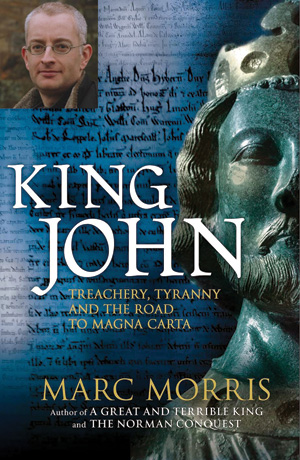 King John: Treachery and Tyranny in Medieval England: The Road to Magna Carta (Marc Morris, Pegasus Books, New York, 2015, 408 pp., maps, illustrations, notes, bibliography, index, $28.95, hardcover)
King John: Treachery and Tyranny in Medieval England: The Road to Magna Carta (Marc Morris, Pegasus Books, New York, 2015, 408 pp., maps, illustrations, notes, bibliography, index, $28.95, hardcover)
English King John is widely known as the villain in the Robin Hood stories. It is easy to make him out a villain; indeed, many of his actions would be seen as immoral today. He was the youngest son in his family, with only limited chances for glory or rule. He rose to power through a combination of murder, rebellion, and treachery of Shakespearian proportions. Described as “dynamic, inventive, and relentless,” his rule set the standard for ruthlessness. John invaded Ireland, Scotland, and Wales, and he imposed taxes through the use of force. Eventually, it all became too much. His leading subjects rebelled against him, forcing him to sign the Magna Carta in 1215, which placed limits on royal power. John rejected the document, however, and this led to further warfare and his own demise.
John was a pivotal figure in English history, and this biography dramatically highlights his life. It draws largely on contemporary documents, including the king’s own correspondence. The book looks at how John’s rule affected England and its later evolution as a nation. The author is an acknowledged scholar on the period, and his expertise shows through both in the documentation he uses to argue his points and the smooth, fluid prose that allows him to make his points clearly.
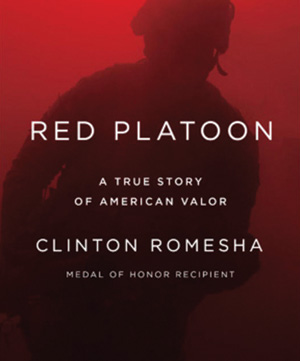 Red Platoon: A True Story of American Valor (Clinton Romesha, Dutton Books, New York, 2016, 378 pp., maps, photographs, notes, $28.00, hardcover)
Red Platoon: A True Story of American Valor (Clinton Romesha, Dutton Books, New York, 2016, 378 pp., maps, photographs, notes, $28.00, hardcover)
Combat Outpost Keating was going to be shut down. The most remote of a string of outposts in Afghanistan’s Nuristan Province, it was built to prevent Taliban fighters from moving freely between Pakistan and Afghanistan. But it proved to be indefensible against enemy attack and difficult to reinforce. By late 2009, the U.S. military decided to dismantle the outpost on the grounds that it was too vulnerable. A platoon from the 4th Infantry Division was sent in to close it down.
Three days before they were to begin, the local Taliban decided to attack the outpost and destroy it. More than 300 of them gathered and assaulted the base, determined to shut it down their own way. They were able to get through the American perimeter and the situation was dire. Staff Sergeant Clinton Romesha helped organize the defense and then led a counterattack against the Taliban that forced them out of the outpost. The fight lasted 13 hours and left eight Americans and 150 Taliban dead.
Romesha was later awarded the Medal of Honor for his actions that day. This is the story of the battle at the outpost in his words. He makes it not just his story, but that of all 50 American soldiers at the outpost that day. This is not a dry retelling through time-distant interviews and official reports, but a personal view of the fighting by participants. It shows them as human beings placed in extreme circumstances rather than as overly dramatized stereotypes. The book is a fitting tribute to the soldiers who fell there.
 Revolution on the Hudson: New York City and the Hudson River Valley in the War of American Independence (George C. Daughan, W.W. Norton, New York, 2016, 432 pp., maps, illustration, notes, bibliography, index, $28.95, hardcover)
Revolution on the Hudson: New York City and the Hudson River Valley in the War of American Independence (George C. Daughan, W.W. Norton, New York, 2016, 432 pp., maps, illustration, notes, bibliography, index, $28.95, hardcover)
The area around New York City and the Hudson River was one of the most vital in the American Revolution. New York was one of the largest cities on the continent at the time. After the British captured the city in 1776, it was a starting point for the campaign to capture Philadelphia in 1777-1778. It also had a key role to play in the ill-fated Saratoga campaign of 1777. If British General John Burgoyne had succeeded in securing the Hudson River Valley as planned, the colonies would have been split in two. Many important battles were fought in and around New York throughout the American Revolution. Although Great Britain would retain control of the city until war’s end, it did not grant them victory.
This book highlights a role geography played in the war’s outcome. It also touches upon the arrogance of English leadership and what it cost them. The author effectively argues that the British failure to seize control of the Hudson River Valley transformed the war from a conflict the English should have won into one they could not win despite successes in other regions. It is a compelling history of the region’s importance to American victory.
Short Bursts
 Pumpkin Flowers: A Soldier’s Story (Matti Friedman, Algonquin Books, 2016, $25.95, hardcover) This is a memoir of the author’s time at an Israeli outpost in Lebanon during the 1990s. It was a conflict during an undeclared war and would affect the young men’s lives in the years that followed.
Pumpkin Flowers: A Soldier’s Story (Matti Friedman, Algonquin Books, 2016, $25.95, hardcover) This is a memoir of the author’s time at an Israeli outpost in Lebanon during the 1990s. It was a conflict during an undeclared war and would affect the young men’s lives in the years that followed.
Waterloo 1815: Battle Story (Gregory Fremont-Barnes, Dundurn Books, 2016, $17.95, hardcover) This is a concise, yet detailed, retelling of one of Europe’s most pivotal battles. The work includes multiple sidebars that convey interesting vignettes.
Why Spy? The Art of Intelligence (Brian Stewart and Samantha Newbery, Oxford University Press, 2016, $29.95, hardcover) The authors take a close look at the influence of intelligence on history and military campaigns based on Stewart’s decades of experience.
Pale Horse: Hunting Terrorists and Commanding Heroes with the 101st Airborne Division (Jimmy Blackmon, St. Martin’s Press, 2016, $27.99, hardcover) The author commanded a helicopter brigade of the 101st Airborne in Afghanistan. He relates the story of the soldiers he felt honored to command.
Against the Grain: Colonel Henry M. Lazelle and the U.S. Army (James Carson, University of North Texas Press, 2016, $32.95, hardcover) Lazelle was an American Civil War veteran who became embroiled in postwar controversy. This biography examines his life and achievements.
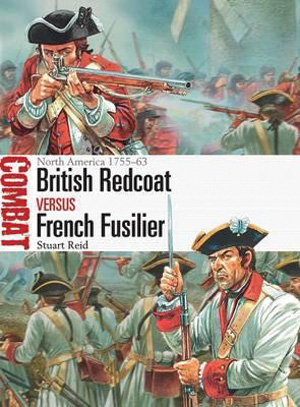 British Redcoat versus French Fusilier: North America 1755-63 (Stuart Reid, Osprey Publishing, 2016, $20.00, softcover) The book furnishes an in-depth look at soldiers on both sides of the French and Indian War. The author analyzes tactics, equipment, and battles of that conflict.
British Redcoat versus French Fusilier: North America 1755-63 (Stuart Reid, Osprey Publishing, 2016, $20.00, softcover) The book furnishes an in-depth look at soldiers on both sides of the French and Indian War. The author analyzes tactics, equipment, and battles of that conflict.
Confederate Cavalryman versus Union Cavalryman: Eastern Theater, 1861-65 (Ron Field, Osprey Publishing, $20.00, softcover) The author holds that cavalry was an important force on the battlefield during the American Civil War. He makes his case by comparing Union and Confederate cavalry and assessing how well each performed in various situations.
A Shau Valor: American Combat Operations in the Valley of Death 1963-1971 (Thomas Yarborough, Casemate Publishers, 2016, $32.95, hardcover) The North Vietnamese Army and the U.S. Army clashed frequently in this strategic valley near the Ho Chi Minh Trail. The author covers the nine years of fighting that occurred there.
A History of No. 6 Squadron: Royal Naval Air Service in World War I (Mike Westrop, Schiffer Books, 2016, $59.95, hardcover) This is a close look a British naval air unit on the Western Front in World War I. It draws on original documents and includes excellent illustrations.
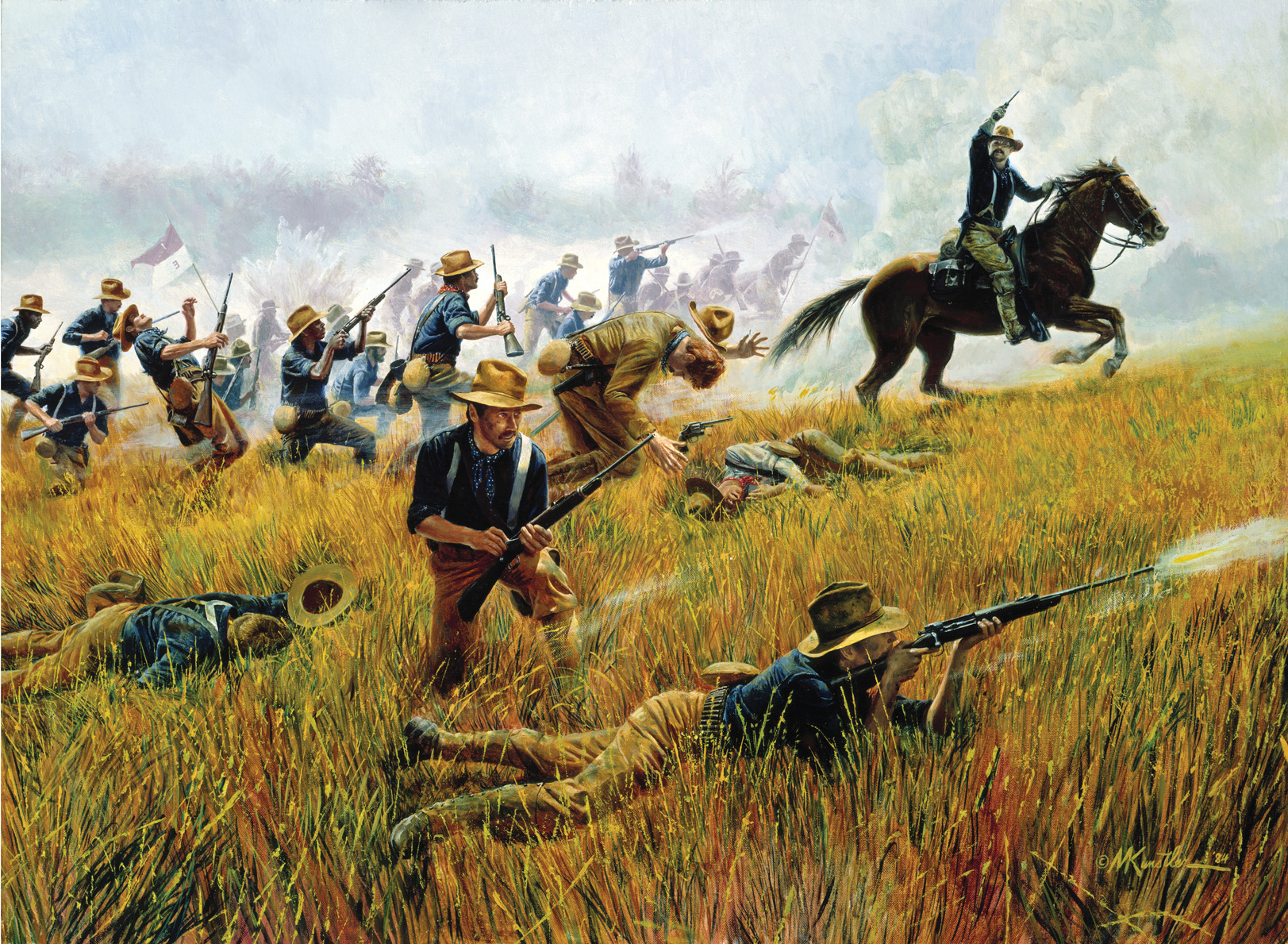
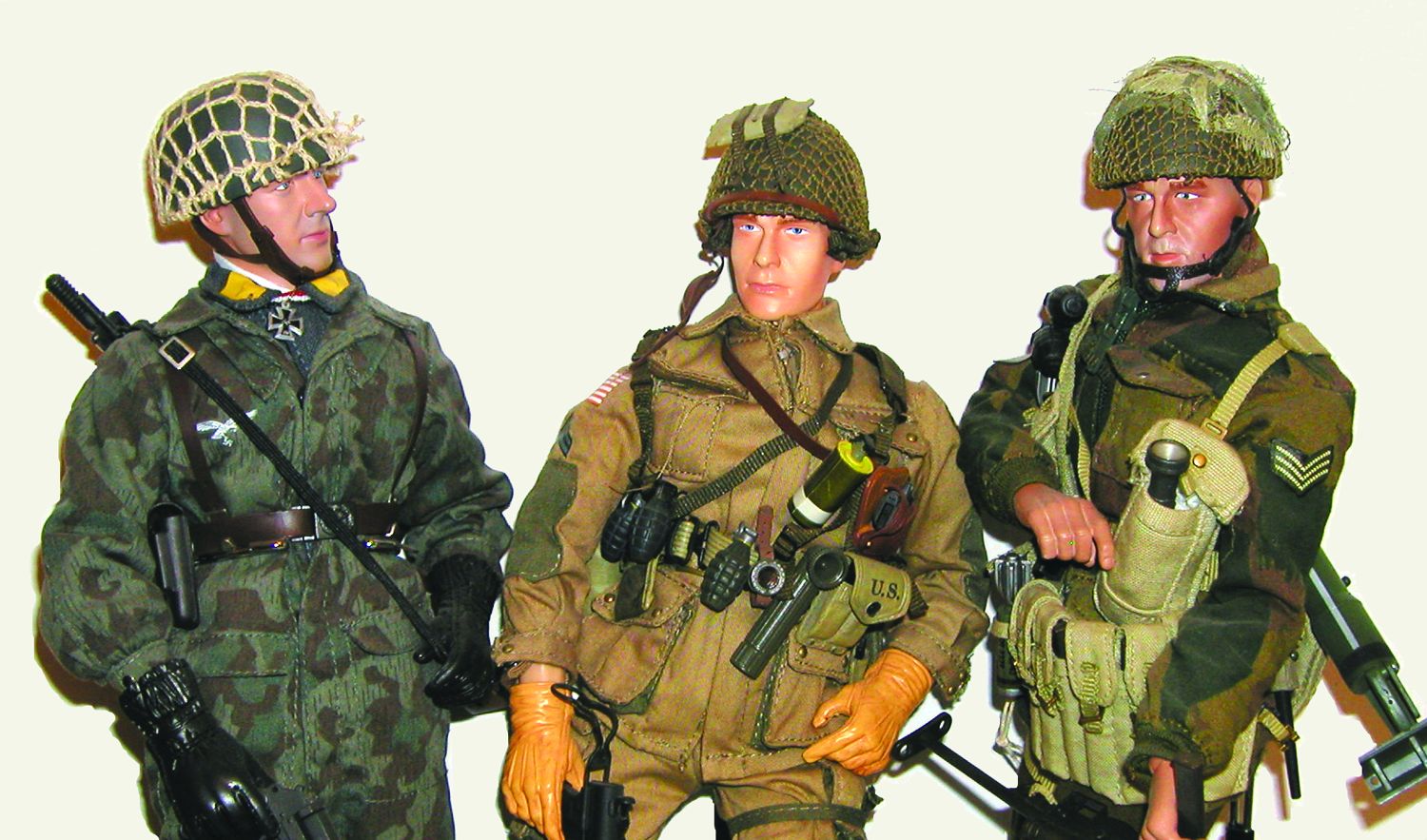
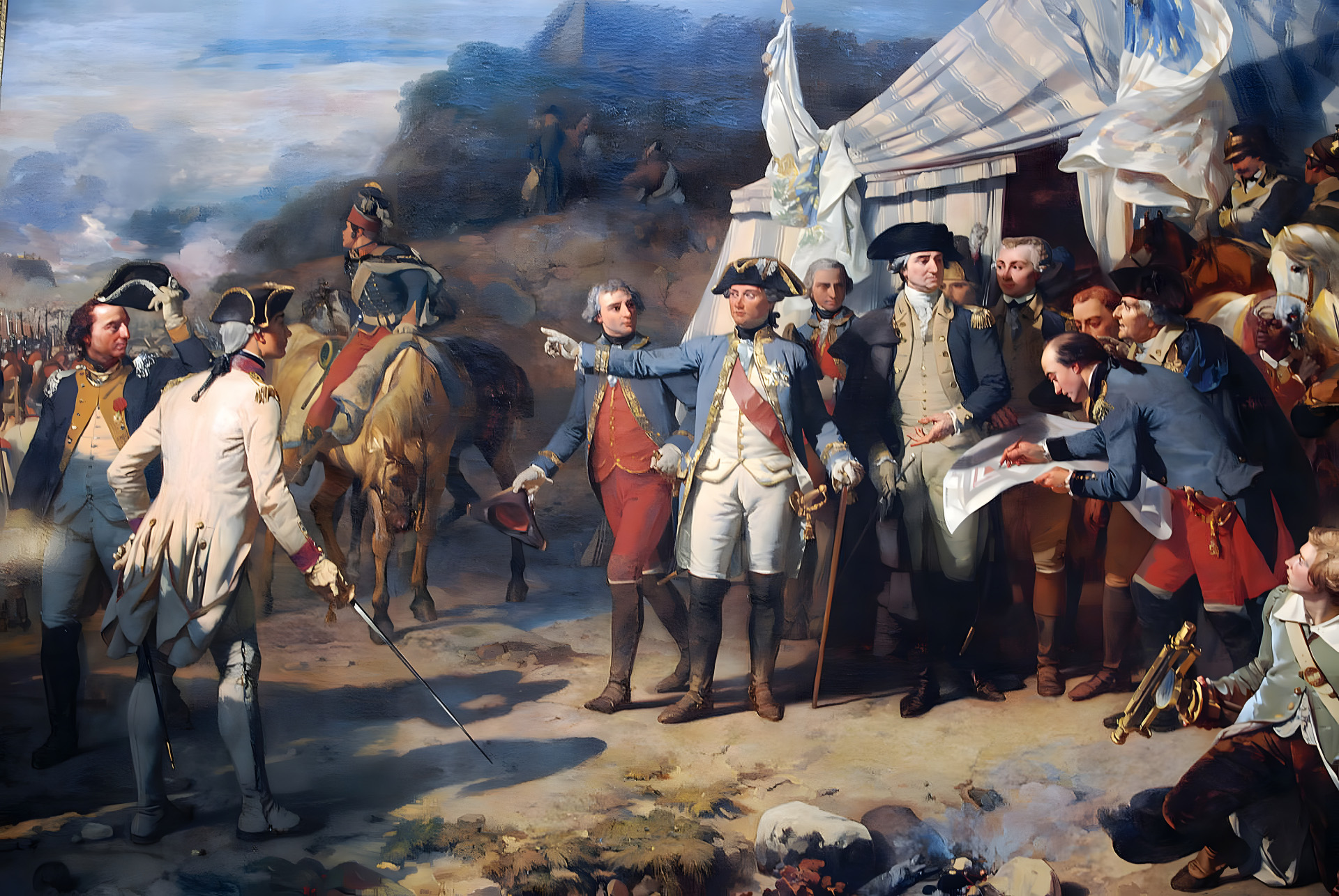
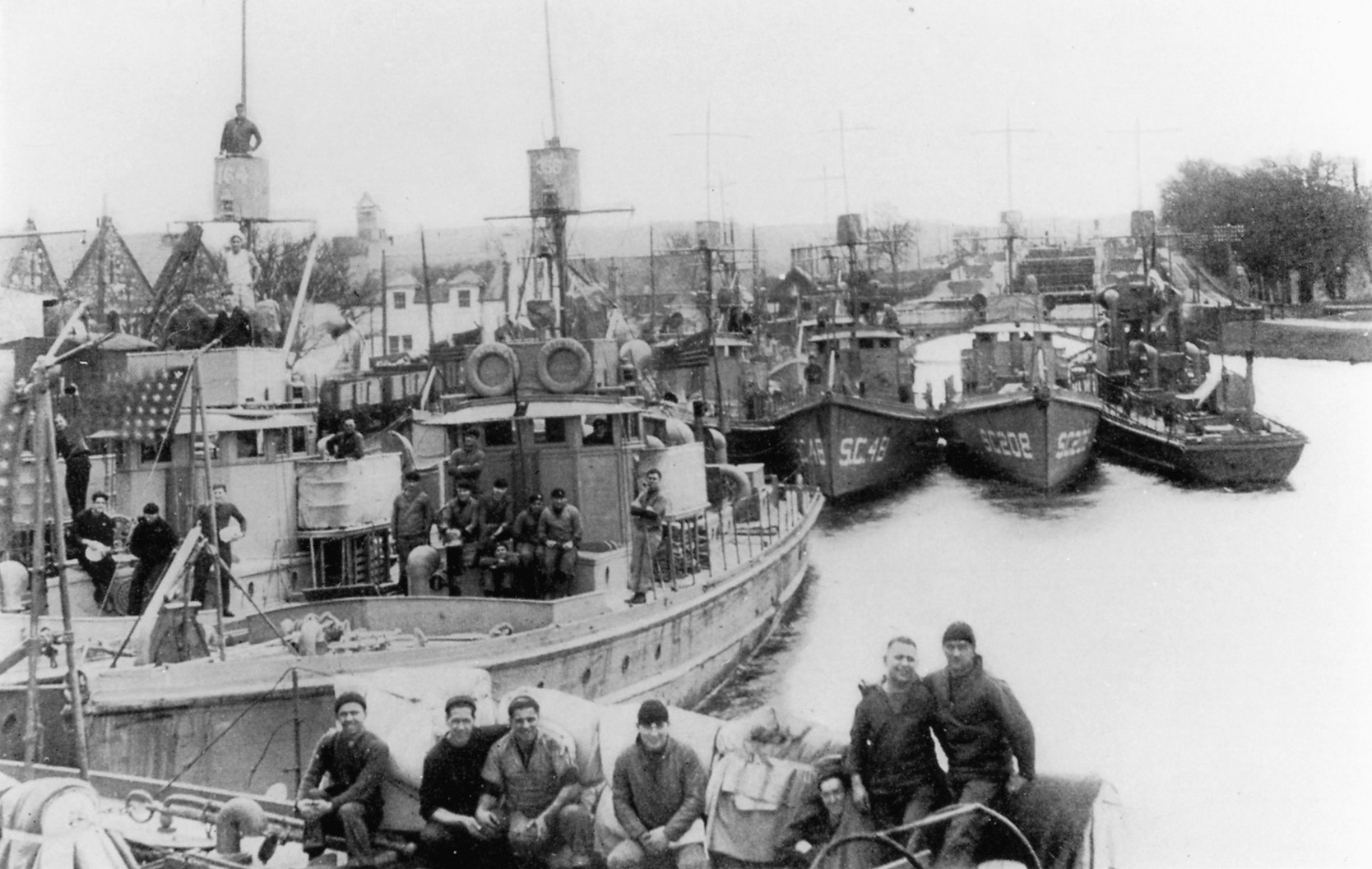
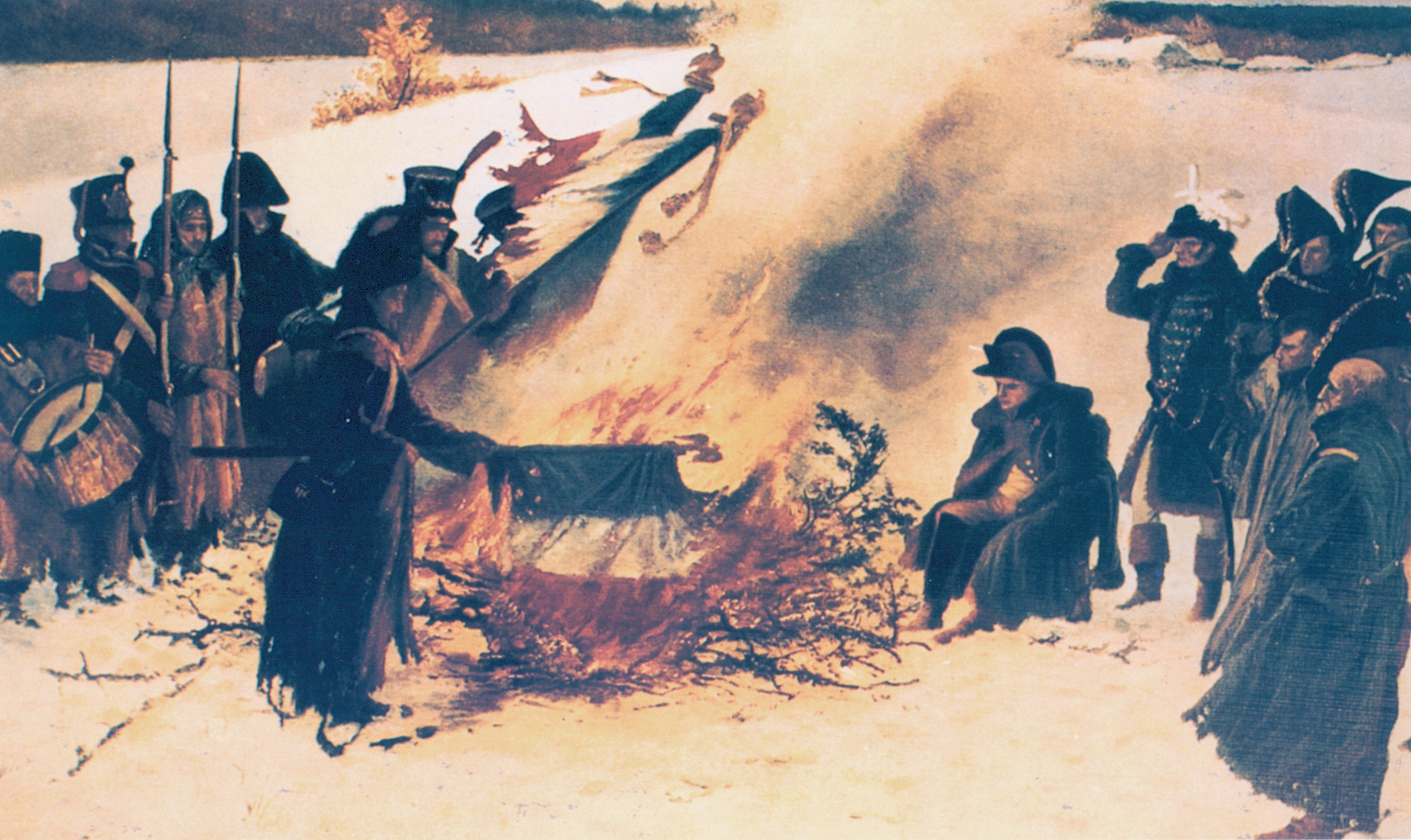
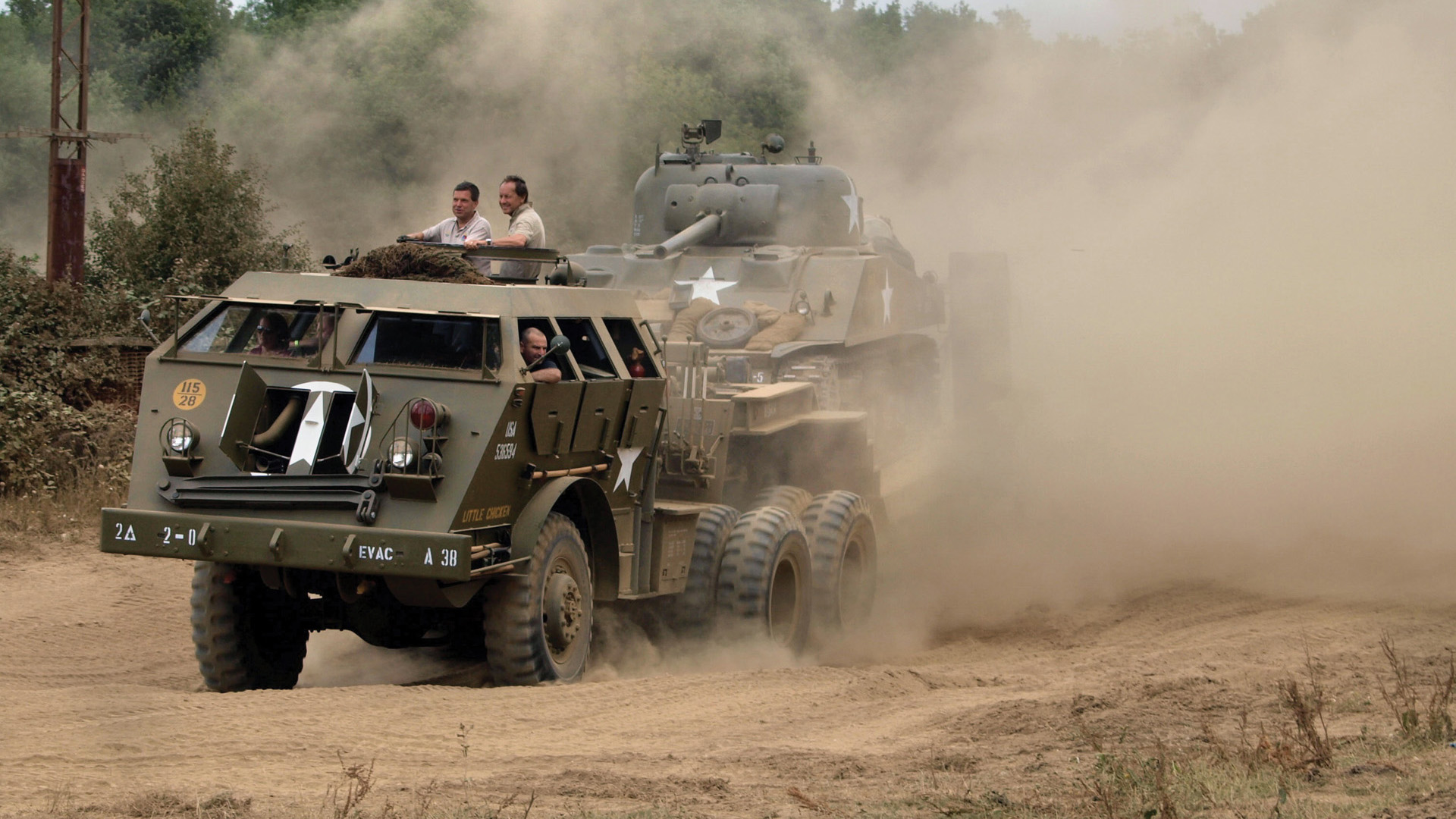

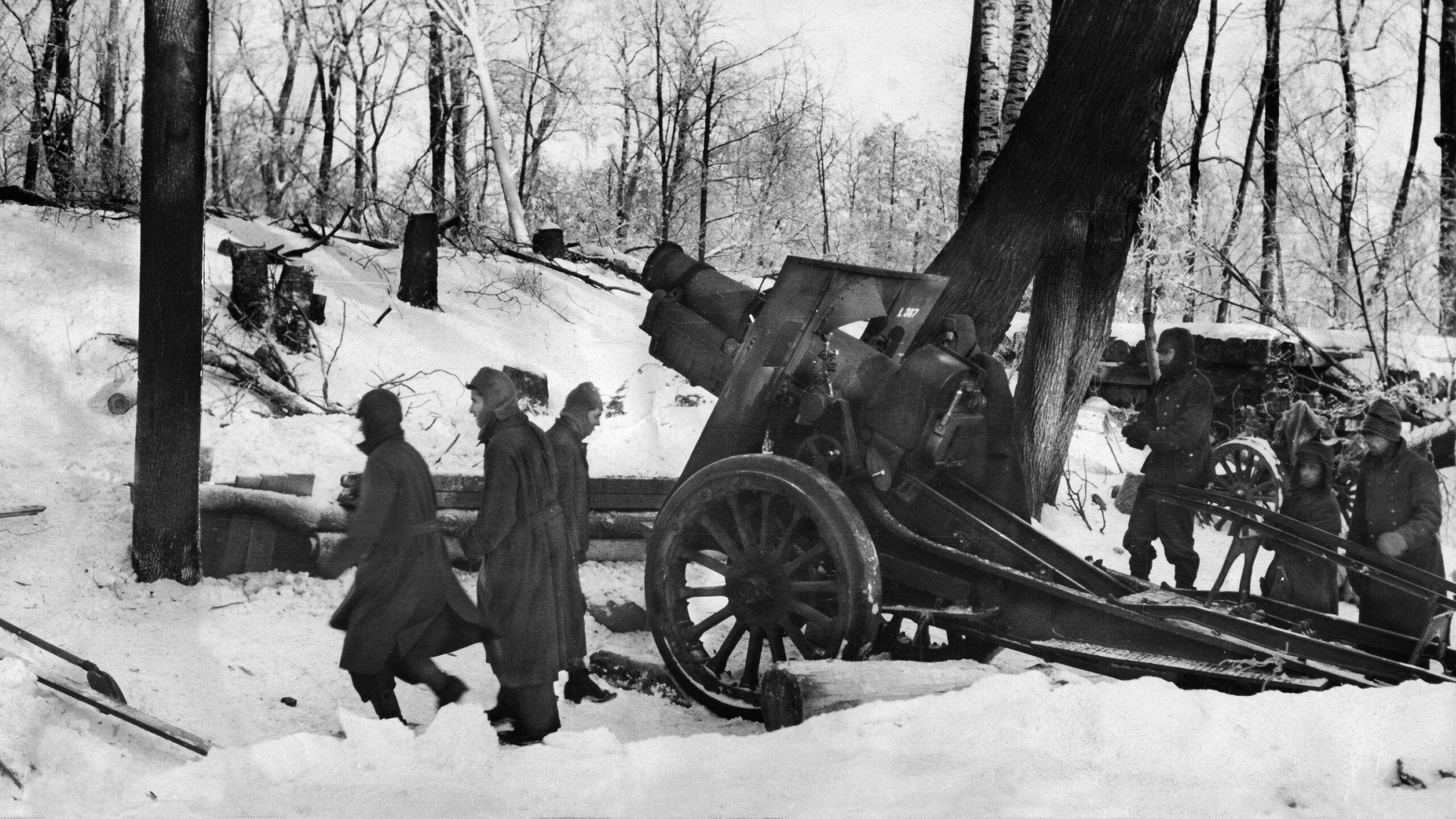

Join The Conversation
Comments
View All Comments